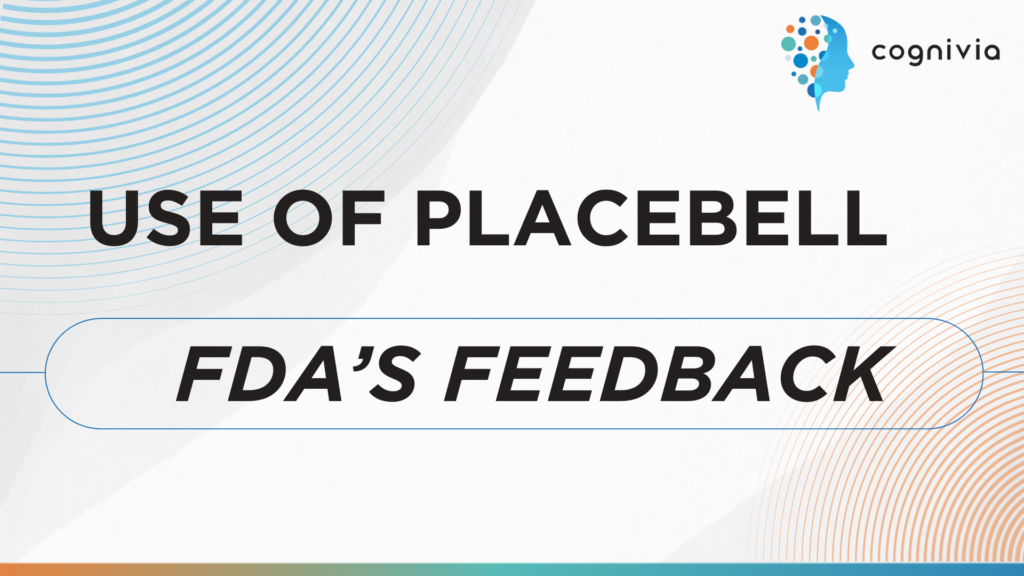Grab your favorite coffee. This is where you’ll find all the substance you require, and more.

Embracing Human Complexity in Clinical Research
As clinical trials become more diverse, patient heterogeneity, placebo responses, and inter-site variability become more pronounced, contributing to high rates of failed trials and extended development timelines…
Analyzing Neuropathic Pain Subjects in Acute Low Back Pain Using an NPSI-Based Stratification Algorithm and PainDETECT Measurement
Background & Aims RCTs in neuropathic pain (NeP) are challenged by the high inter-individual variability in treatment response,…
ARE SITE DIFFERENCES DRIVING OUTCOMES? THE CENTRAL ROLE OF EXPECTATIONS IN OA RCTS.
Purpose Disparities among sites are frequently observed in the results of Randomized Controlled Trials (RCTs). As a result, adjusting…
From Chronic to Acute Pain: Evaluating the baseline prognostic covariates in Severe Acute Lower Back Pain
The FDA’s 2023 guidance on baseline covariate adjustment highlights the importance of incorporating prognostic covariates into randomized clinical…
Predicting drop-out in early-stage Type 1 Diabetes clinical trials to improve retention through Personalized Engagement Strategies
Background: Patient non-adherence and drop-out increase the time and cost of clinical trials. A tool that predicts, at…
Improving Precision of Clinical Trials Results in T1 Diabetes with Transferrable Prognostic Models
Background: In randomized controlled trials (RCTs), assay sensitivity issues can affect both statistical power and the confidence in…
Discussion on the Use of Placebell and FDA’s Feedback
Cognivia recently initiated a discussion with the FDA through the “Innovative Science and Technology Approaches for New Drugs (ISTAND) Pilot Program” process. A Letter of Intent (LOI) was…
Understand patient differences in your next clinical trial
Increase clinical trial success rates and get new therapies to patients faster.
Tell us about your clinical trial below and we'll be in touch.
"*" indicates required fields


